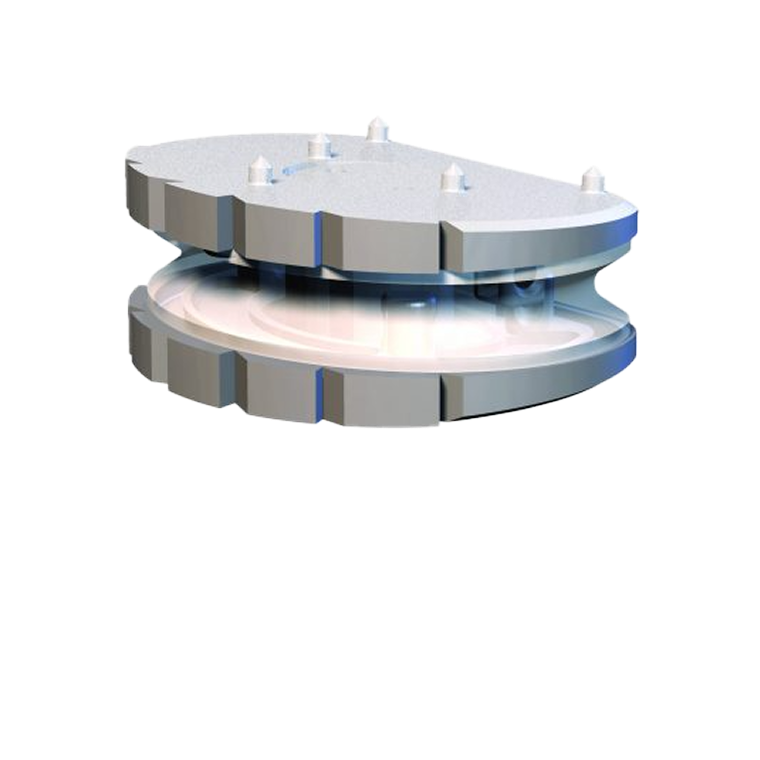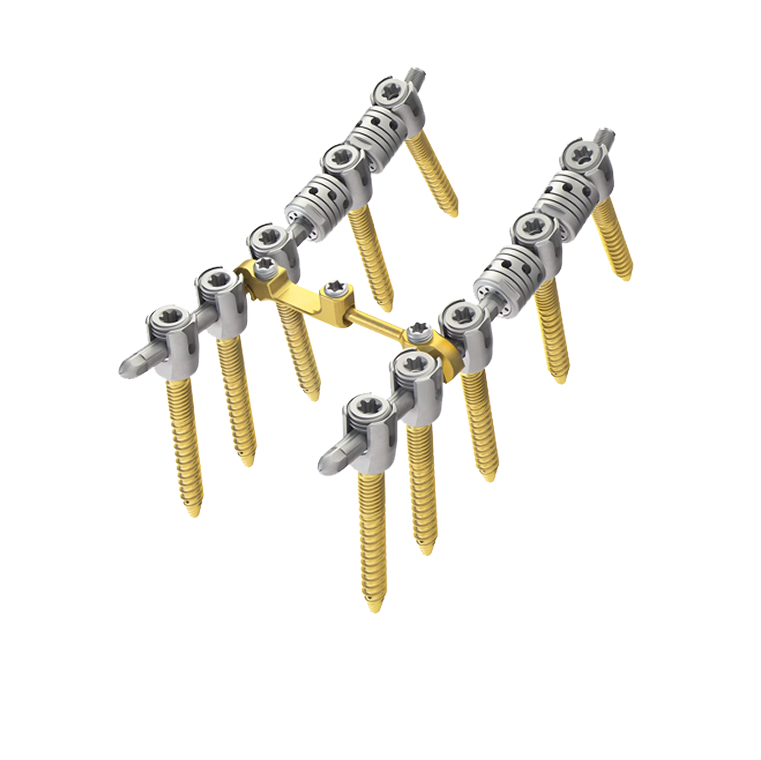Cutting edge spinal interventions.
Your lumbar solutions.
At ONZ we offer you highly competent advice on various surgical methods and prostheses. We select the best product for you, regardless of the manufacturer. Get an impression of our most common implants and methods for the lumbar spine here.
Our Implant solutions
01
Motion preserving solutions
Regaining complete mobility is always the goal.
Find out more about our motion preserving implants here
Find out more about our motion preserving implants here
02
Combining motion preserving and fusion
In some cases it makes sense to combine different procedures. We would be happy to advise you on which method and product is best for you!
03
Posterior spine solutions / fusion techniques
We specialize in advanced posterior approach fusion techniques to restore spinal stability and relieve pain. Our expertise covers a range of spinal conditions, utilizing state-of-the-art implants for optimal outcomes.
04
Innovative least invasive techniques
The TESSYS® method utilizes a lateral transforaminal endoscopic approach, offering a highly patient-friendly solution for spinal surgery.
Decide with confidence.
5 questions you should ask.
Can I expect complete mobility again?
What pain level should I expect after surgery?
Am I a candidate for disc replacement?
Have the implants been extensively tested and researched?
How satisfied are your patients with their spine solution?
Regaining complete mobility is always the goal. The repair of the diseased spinal segments often results in an even better mobility. Patients with an indication for (even complex) motion preserving lumbar solutions generally return to a fully active lifestyle again. This includes strenuous professional or leisure time activities without restrictions.
Pain is subjective and individually different. There are basically three post-surgical stages: The immediate post op pain management may include epidural catheter, opiates, narcotics, and anti-inflammatory medication. During rehabilitation, the pain management needs to be adjusted according to the individual demand. During the third stage pain medication will be gradually tapered off. The ultimate goal is a life without pain medication. When this is achieved is also individually different and can be expected after 2 weeks to 6 months.
You may be eligible if you experience chronic neck or back pain from disc degeneration or herniation and haven’t improved with conservative treatments. Artificial Disc Replacement (ADR) offers lasting pain relief, preserves natural spine movement, and gets you back quickly to an active, pain-free lifestyle.
In Germany, all medical devices (which includes spinal implants) must have undergone extensive scientific evaluation and have a proven track record. Using nonfusion technology, Germany has a long tradition of over 25 years. We only use surgical techniques that have been approved by the German authorities and provide an advantage to other methods.
It is your body, and you owe it to yourself to know all you can about what is involved before you decide if a surgical procedure is right for you. Seeing actual results in real patients may help you in your decision process. You should see a red flag when testimonials date back quite some time. Development in spine surgery is progressing rapidly – the surgeon you trust with your treatment should be experienced as well as familiar with state-of-the-art technology.









